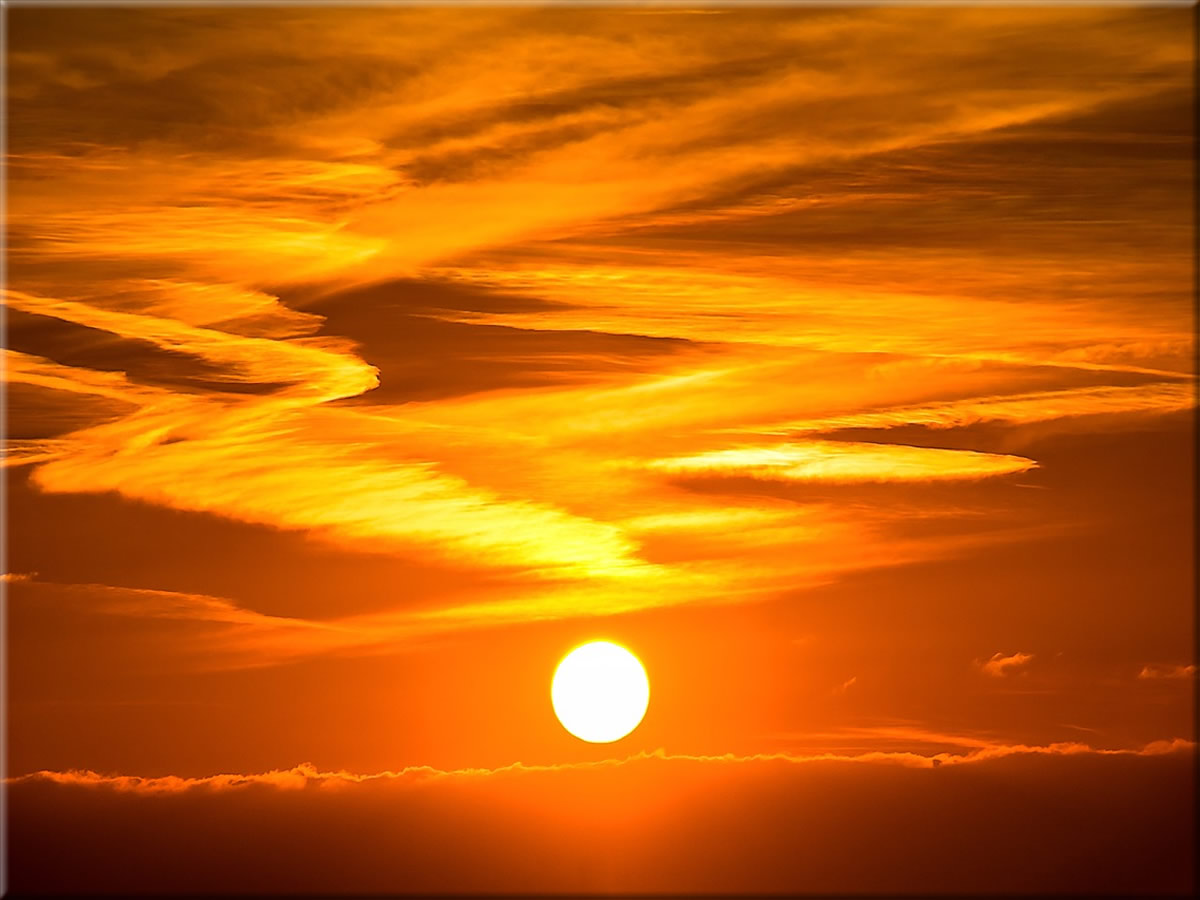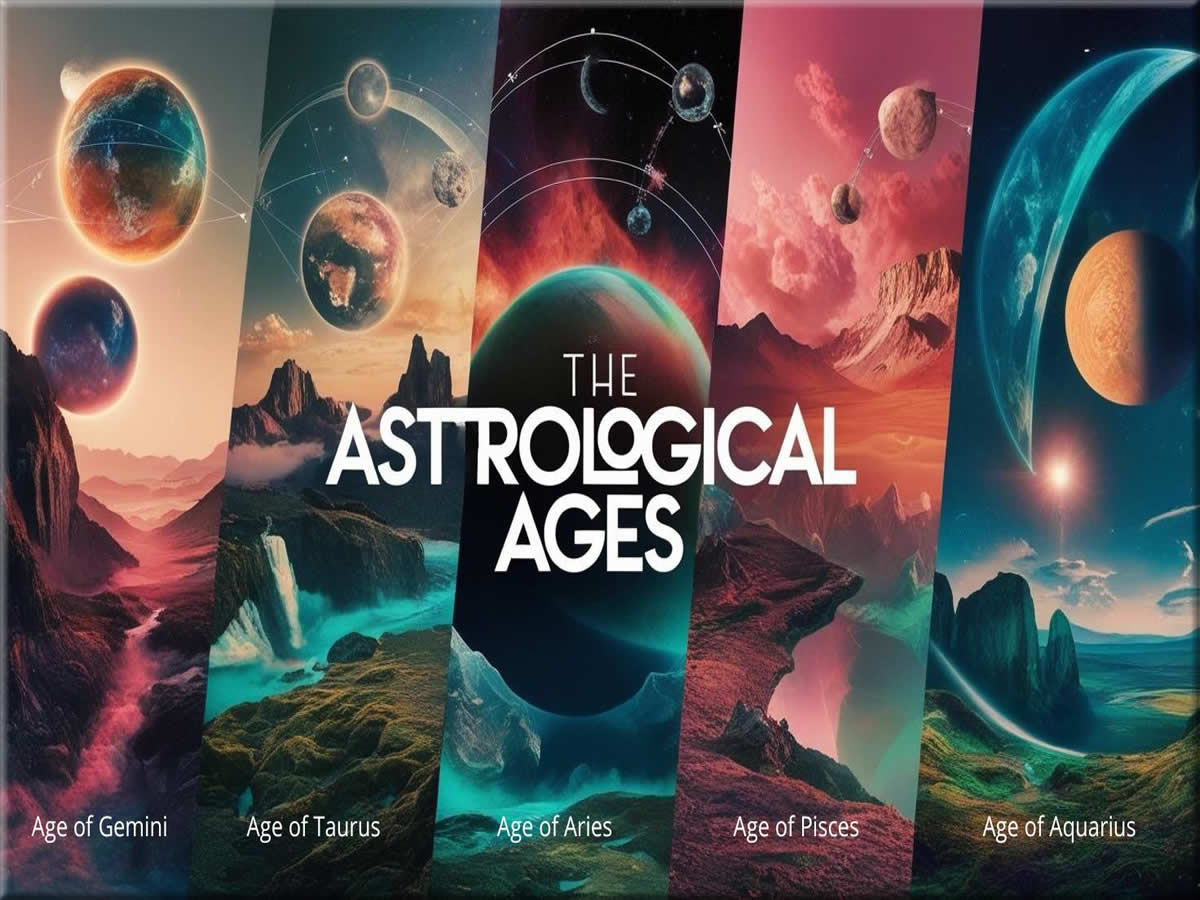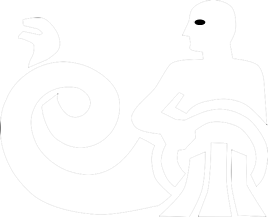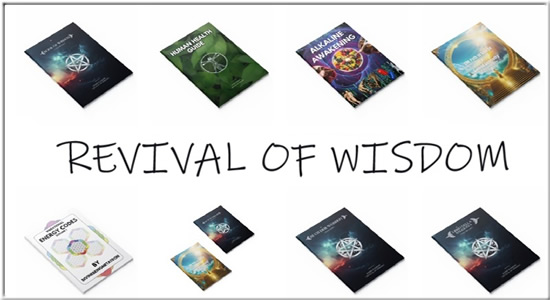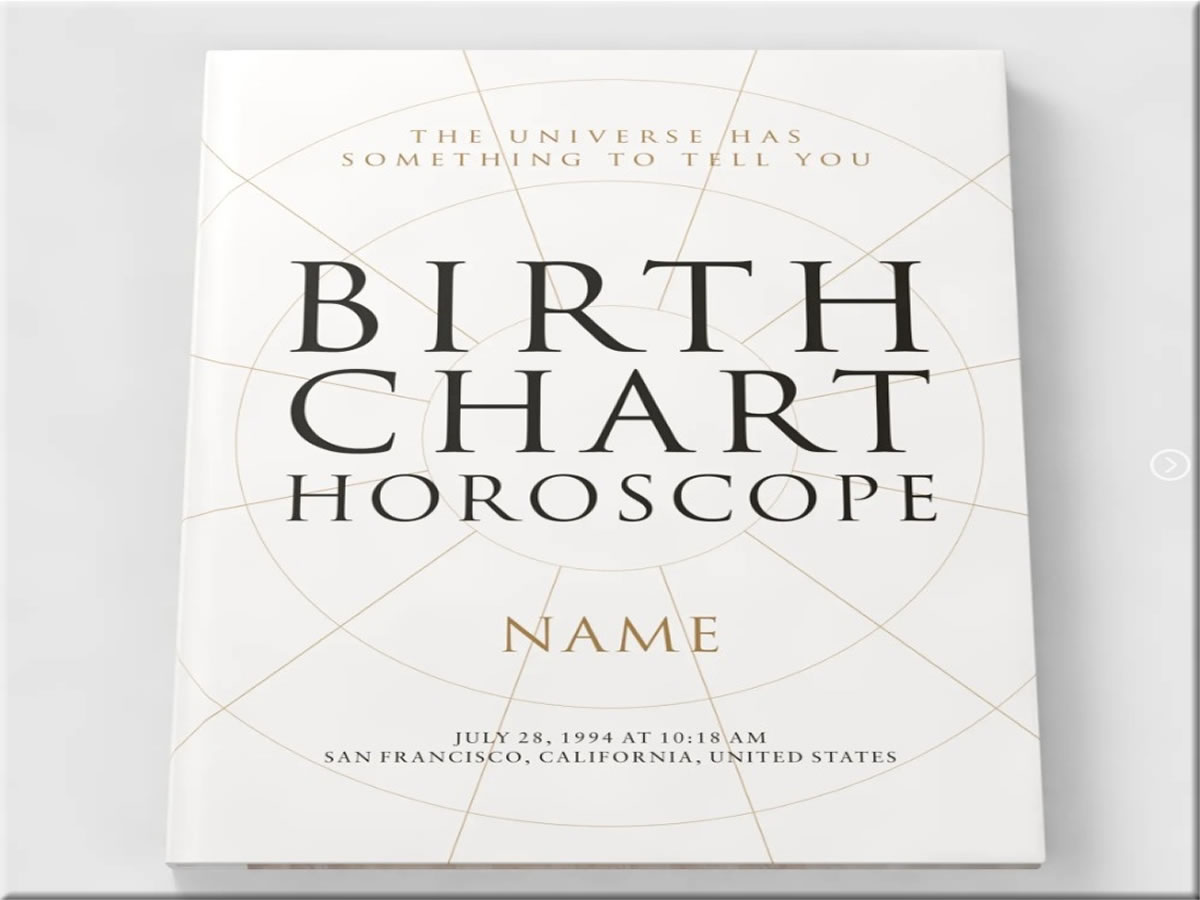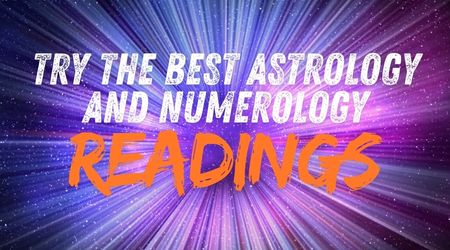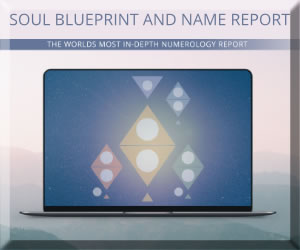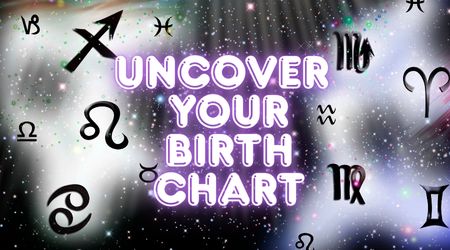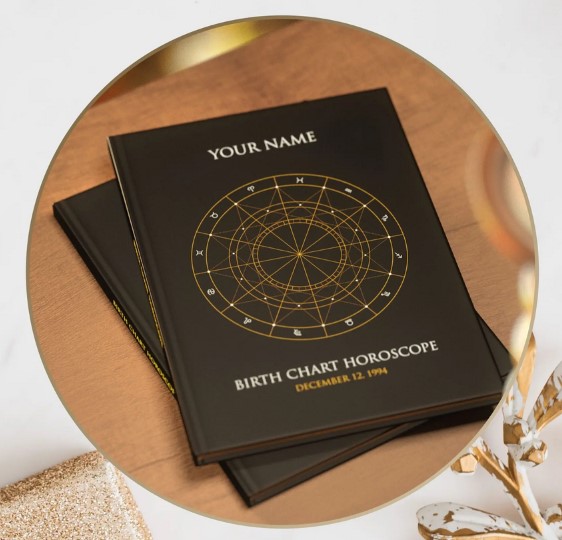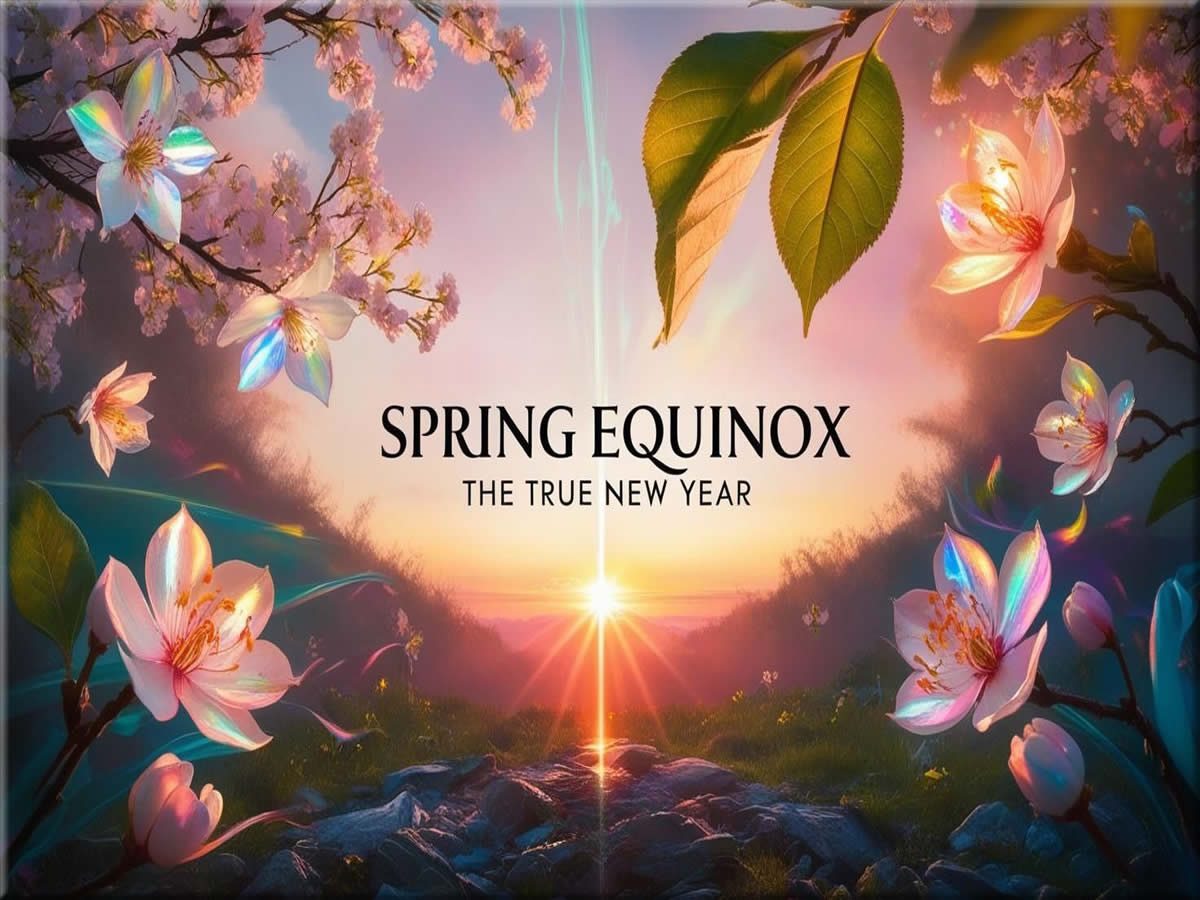
Unveiling Spring Equinox: The True New Year
The spring equinox marks a special time when day and night are equal, kickstarting nature’s resurgence after the long, cold winter. It feels like everything about life wakes up. This isn’t just about the seasons changing, but also taps into a belief held by ancient cultures that time naturally resets itself.
Before clocks and calendars were invented, ancient civilizations relied on the rhythms of nature to mark time. Like in astrology, where the Sign of Aries symbolizes the start of spring, they saw the equinox as a promise of new life and renewal; therefore, they celebrated it as the true beginning of the year. Life bursting with the energy around you—plants beginning to bloom and days getting longer—hints at why spring hatched celebrations of new beginnings.
Check out more videos on our YouTube channel
Moreover, reflecting on these natural cycles can be a massive game-changer in today’s fast-paced world. It’s like giving yourself permission to reset and refresh. Adopting a perspective aligned with natural cycles connects you more with the earth and yourself, infusing your daily life with a sense of vitality and purpose, which artificial schedules typically dominate.
Furthermore, embracing this natural rhythm can be transformative. Ultimately, it’s less about what precisely you choose to do and more about tuning into the cycle of life that the spring equinox embodies.
A Historical Overview: From the Gregorian Calendar to April Fools
Astronomers aimed to correct the drift between calendar dates and the astronomical equinoxes by switching from the old Julian calendar to the Gregorian one. But the process wasn’t smooth sailing for everyone. While Europe slowly adjusted, some regions and countries continued to celebrate the new year at the end of March into early April, according to the Julian calendar.
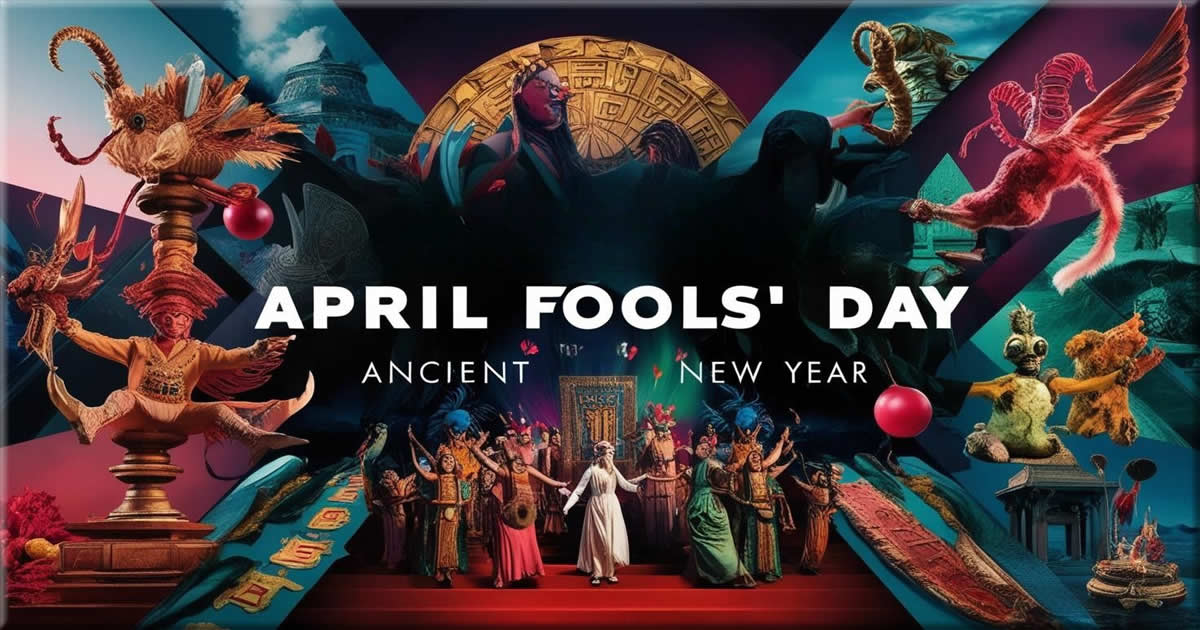
Here’s where April Fools’ Day comes in. People who clung to the old traditions marked April 1st as New Year’s Day, and those who adopted the Gregorian calendar mockingly dubbed them ‘April Fools’.What was once a genuine cultural shift became, for some, a humorous misunderstanding, forever imbuing the day with a playful spirit. However, the harsh consequences this shift has had on people’s biorhythms are devastating. So, instead of being in tune with nature, people today are in tune with fake religious beliefs.
Understanding this transition provides insight into how abruptly introduced systems can sometimes clash with deeply embedded traditions. In a way, it highlights the resistance we naturally feel when old habits are suddenly swapped out. Looking back at this period reminds us that our present-day routines may not always align with historical or natural rhythms.
A Return to Natural Rhythms: Harmonizing with the Lunar Cycle
Thinking about time, it’s easy to forget how deeply it’s tied to the cycles of the moon and the changing seasons. Before global timekeeping, many cultures saw time as a dance between the earth, sun, and moon. The moon’s steady cycle, a reliable ancient guide, helps explain why some calendars include 13 months, aligning more closely with natural rhythms.
This angle on timekeeping even brought about the idea of ‘Moonday’—a nod to aligning weekly cycles with lunar phases. Imagine celebrating every April 1st under a full moon, marking the start of the new year as some propose our ancestors did. Instead of adhering to the constant 12-month cycle we’re accustomed to, we can adopt this 13-month concept that aligns with the natural phases our ancestors once followed.
This ebook offers remarkable tips, hacks, and insights for better health beyond the confines of mainstream medicine, including fasting methods, the benefits of alkaline herbs, and much more.
With calendars evolving to meet socio-political needs, this idea might seem foreign, but aligning with lunar cycles offers practical benefits. It encourages awareness, prompting mindfulness as the moon waxes and wanes, giving subconscious energy that impacts us all.
By reembracing these ancient rhythms, you’ll notice a more intuitive grasp of time ebbing and flowing in tune with lunar and seasonal changes. Celebrate milestones monthly under the full moon, or see how your energy aligns with these phases. It’s about fostering a closer connection with natural cycles, cultivating awareness, and welcoming pauses in the modern storytelling of time.
Seasonal Philosophy: Embracing Eastern Wisdom
Eastern philosophies tap into something precious when they break life down into seasons. It’s like they’re onto the natural blueprint for living, viewing each period as not just a change but as a guide for personal growth and development.
Spring represents birth or rebirth, bringing with it a fresh start. It’s a time to plant literal and figurative seeds, encouraging new ideas and projects to flourish. Summer speaks of growth —a period of expansion when energy and activity are high, ideal for gaining knowledge and advancing aspirations.
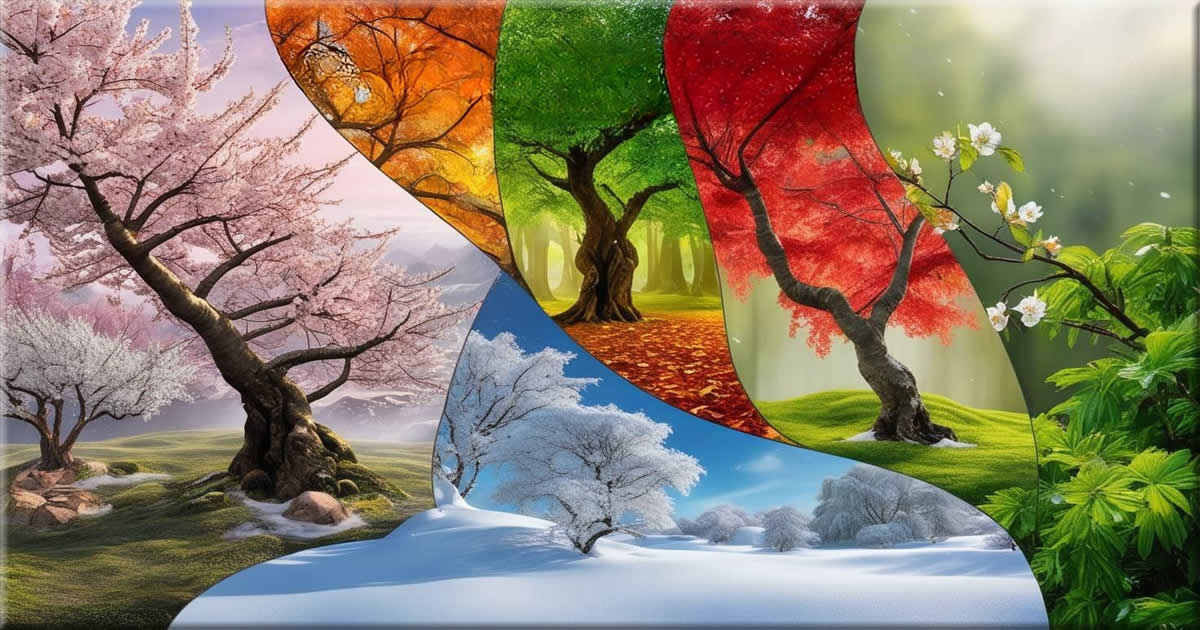
As the leaves turn, autumn becomes a harvest time—collecting the fruits of your efforts, consolidating achievements, and showing gratitude for what’s been accomplished. Winter shifts the focus inward. It’s about storage, dormancy, and reflection, preparing for the coming dynamism of spring.
By aligning your personal journey with these natural phases, each season offers unique insights and actions. This rhythm invites a more balanced existence, honoring cycles of rest and activity, ensuring you’re neither burnt out nor stagnant.
Consider adopting some seasonal practices into everyday life. Spring cleaning isn’t just about tidying up—it’s about shedding what no longer serves you. In summer, explore learning something new that aligns with your goals. Use autumn to review what’s worked throughout the year, and let winter be about reflection and internal planning.
Recognizing these seasonal cues can reinvigorate your approach to life, providing clarity and purpose as you navigate the natural yearly cycle.
Rediscovering New Beginnings: Uniting History with Today
Embracing the essence of the spring equinox as the actual new year offers a fresh lens through which to view modern life. This time of year isn’t just about renewing the natural world; it invites a deeper reflection on personal and societal rhythms.
Technological advancements and societal schedules often overlook the natural cues embedded in our environment, but understanding them can bring a sense of grounding. Consider blending historical wisdom with our digital dynamics by setting personal milestones around the spring equinox. These could range from kickstarting personal projects to reflecting on the year past, to tuning into the natural surge of energy spring brings.
The Wisdom Bundle is a carefully curated collection of three eBooks that promises to open your eyes, enrich your mind, and nourish your soul.
Renewed traditions can serve as a bridge linking us to ancestral ways and to our future trajectories. Establish a meaningful personal ceremony or tradition surrounding the spring equinox, whether it’s a gathering, meditation, or simply a day for gratitude and intentions.
Weaving together historical insight and modern practicalities, there’s a path to living more harmoniously with the earth’s cycle. This journey isn’t about rejecting what we know but about enhancing our experience with what timeless wisdom offers.
Nature’s calendar guides us to reset annually with purpose, yet most align their new beginnings with the newly invented Gregorian calendar’s start in January. Therefore, Pope Gregory’s new calendar creation massively shaped how people perceive time. This change encouraged the Catholic Church to guide individuals toward a religious lifestyle, leading many to disconnect from the roots of nature and the cosmos in favor of faith.
Related Topics
